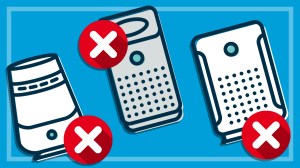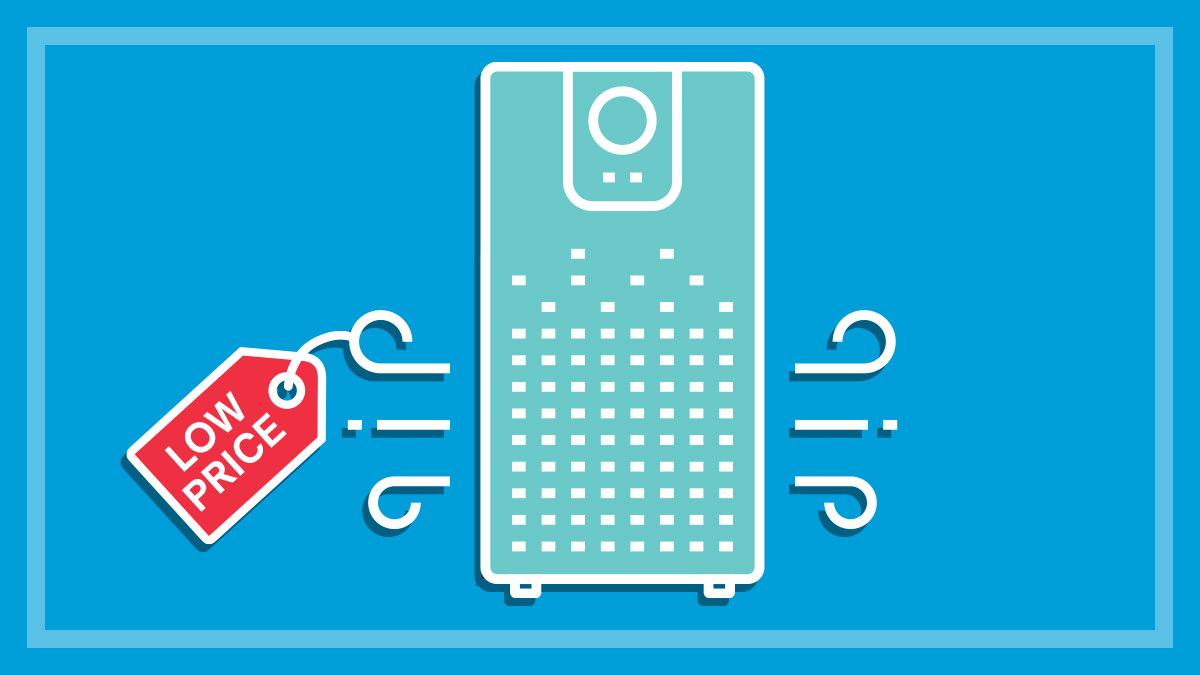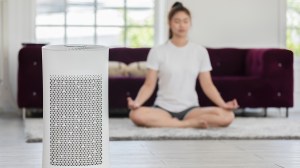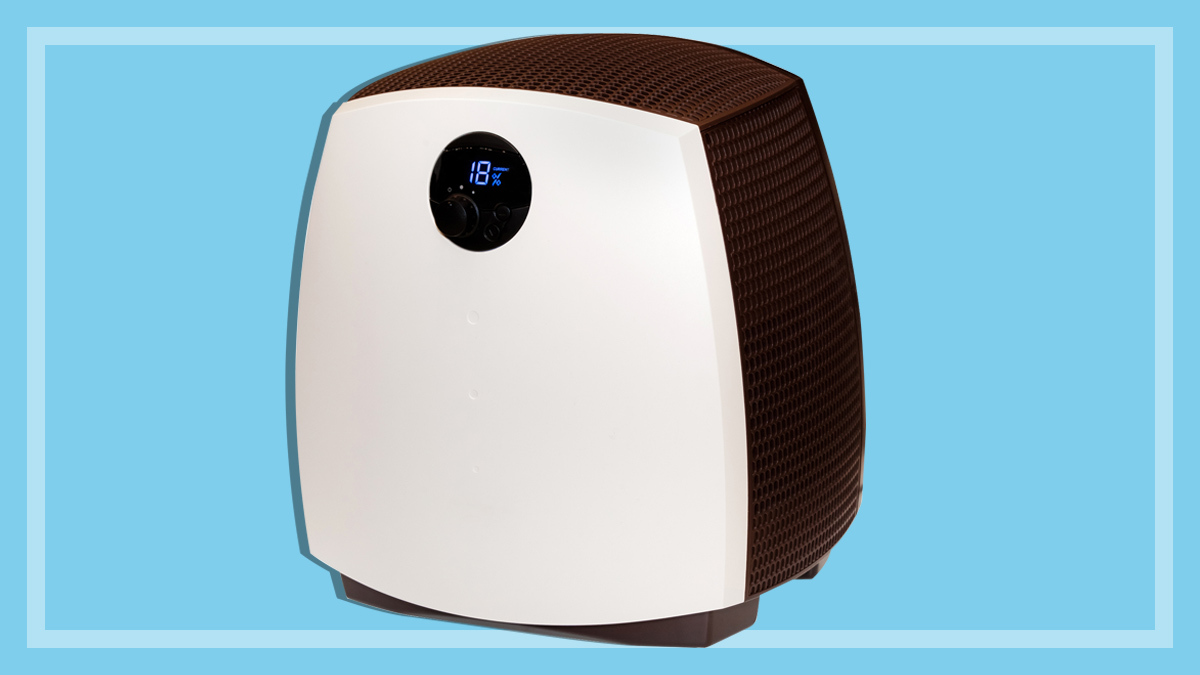
Air purifiers under $350 – are they any good?

If you’re concerned about the pollutants or germs that may be hovering around your personal breathing space, or you suffer from asthma or allergies, you may have considered joining the many people who have invested in air purifiers over the past few years. “Essentially a fan with a filter inside, air purifiers suck in air and pass it through a filter, trapping floating particles. This can improve air quality and reduce irritants that you’d otherwise be breathing in.” If you’ve started researching models, you’ve likely noticed there is a huge variety of sizes and types available across a broad range of prices. You could spend anywhere from $100 or $200 for an air purifier from somewhere such as Ikea, Kogan or Aldi or splash out several hundreds of dollars – up to $1500 or more – on a premium model from brands such as Dyson, Samsung, Philips or InovaAir. But what are you really getting for your money, and how do the cheaper models compare to the more expensive ones?
CHOICE experts dish the dirt on air purifiers
Our CHOICE review looks at over 50 different models of air purifiers. We give each air purifier scores based on how each model performs in aspects such as dust removal, smoke removal and which are best for removing volatile organic compounds (VOCs) from the air. In our review you can also find out which models are the most energy efficient, the quietest and the easiest to use.
CHOICE expert, Chris Barnes, says there’s no guarantee that buying a more expensive air purifier will give you better performance than a cheaper model. He says there are air purifiers in our review that cost around $600–800 that recorded disappointing results. However, CHOICE air purifier testing does generally find that the models that score the lowest do tend to be cheaper models.
“The cheaper models, say those under $350, tend to be smaller, which means they may struggle to deliver the same air purifying power as a larger model, which could be an issue depending on the size of the space you’re using it in,” says Chris.
Air purifier features you shouldn’t compromise on
No matter how much you want to spend, Chris says to ensure the air purifier you are buying has a HEPA filter and suggests it may be worth buying a model that’s rated as suitable for a slightly larger room than the one you plan to use it in.
“A HEPA filter traps very small particles. It’s one of the most important features of an air purifier – not all purifiers on the market have this, so make sure you check the product specifications,” he says.
“And most models will advertise what capacity room they’re suited for. You want to ensure that the air purifier works hard enough – or has a Clean Air Delivery Rate (CADR) that’s high enough – so it circulates the full volume of air in your room to clean it thoroughly, otherwise it won’t be doing the job you bought it for. These features may mean you need to pay a little more.”
How do air purifiers under $350 rate in CHOICE testing?
Below, we’ve rounded up our test results and expert advice on three air purifiers that cost less than $350 but scored higher than other models in that price range. CHOICE members have access to our detailed test results. Log in or become a member to find out more
Related





